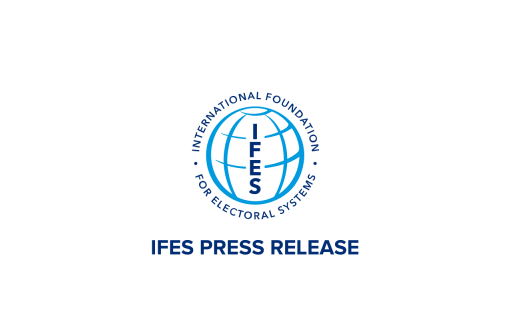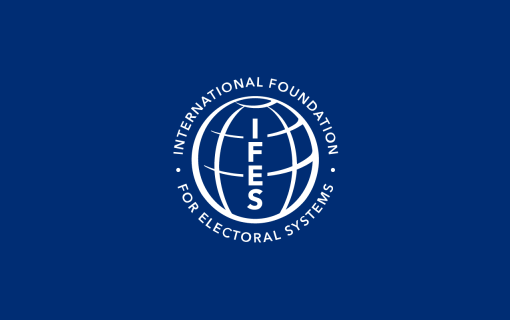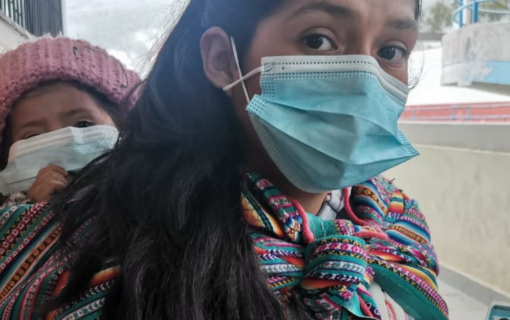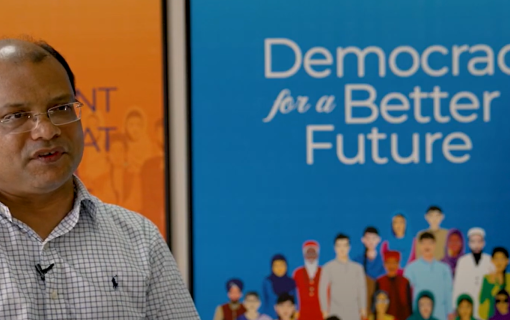Guyana Election Technical Assessment Report: 1994 Local Government and Municipal Elections
EXECUTIVE SUMMARY
The first contested local government and municipal elections in more than two decades were held in Guyana on August 8, 1994. Elections were held in sixty-five local jurisdictions and six municipalities to select representatives for Neighbourhood Democratic Councils and Town or City Councils. The number of seats on the Councils varies from 12 to 30. Seats are allocated to parties or groups that contested the election based upon the number of popular votes received.
The Guyana Elections Commission (EC) is not a permanent body; its existence is limited to the conduct of a specific election. It prepares the Preliminary Voters List, conducts a period of "Registration" and "Claims and Objections," then prepares the Final Voters List, conducts the election and certifies the final results. The National Registration Centre and its staff are at the disposal of the EC for registration of voters and the conduct of the election. There is no mechanism in place for the transfer of information collected by the National Registration Centre to the Elections Commission in the period between elections.
IFES expertise was used in 1992 and again in 1994. In addition, IFES provided paper for printing the Final Voters List, ballot paper, electoral stain, rubber stamps, a photocopy machine, air conditioners, TV/video tape playback, fax machine, fluorescent lamps and other miscellaneous supplies. IFES set up VHF and HF radio networks for communications between the EC central office and field offices.
The poll worker training program undertaken by IFES included providing assistance in developing the manual used during poll worker training and at each polling place. IFES produced a training video which was also used in training of election officials. Official observers said, "Most polling place officials were found to be very familiar with the necessary voting procedures. The performance of polling officials was a considerable improvement on their performance in past elections."
The IFES supported voter and civic education program provided a multi media campaign for "Registration," "Claims and Objections" and the election. Members of the EC participated in public meetings and on radio and television talk shows to support the voter information and education program. IFES developed media and political party guidelines for the campaign period. The guidelines provided limited free access by candidates on radio, television and newspapers and procedures for use of paid political advertisements. The program was considered successful and accomplished short term objectives. There is a need for a continuing in-depth civic education program.
IFES assisted the EC in the tabulation of the election results by developing a computer program to tally the results as received and allocate the Council seats to the contesting groups. Total voting participation was 47.91%. Voting participation in Georgetown was 33.37% whereas in most other areas it was in the high 50's and 60's with some more than 70%. Georgetown voters represent approximately 23% of the total number of eligible voters in the country.
In summary, the IFES team contributed valuable expertise to the EC and NRC which was appreciated by the EC and the senior staff. The commodity support provided was needed; it would have been difficult to conduct the elections within the time frame without this support. The assistance provided in the poll worker training helped introduce standardization of the procedures at the polling place and clarification of interpretation of the electoral laws. The voter and civic education program was very effective, however the low participation rate in Georgetown is an indication that a long term project is needed in this area.
Read the Full Report.









